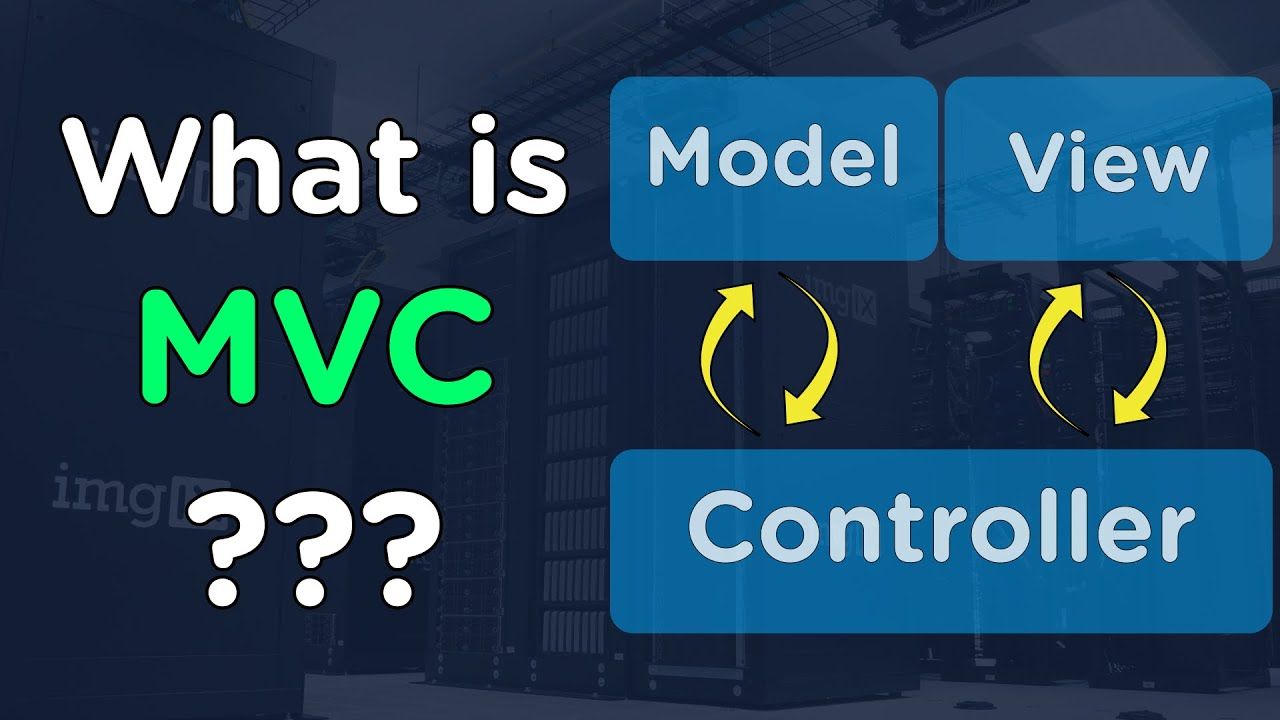Model-View-Controller (MVC) is an architectural pattern that separates an application into three main components: the model, the view, and the controller.
- The
modelrepresents the data and business logic of the application and is responsible for maintaining the state of the application and providing access to data stored in the system. - The
viewrepresents the user interface of the application and is responsible for displaying data to the user and providing a way for the user to interact with the application. - The
controlleris the intermediary between the model and the view and receives requests from the view, processes them using the model, and then updates the view with the results.
Application Flow:
- The user interacts with the view by performing an action, such as clicking a button.
- The view sends a request to the controller through an API.
- The controller processes the request, validating the user input and interacting with the model to retrieve the requested data.
- The model retrieves the data from the database or performs the necessary business logic and returns the data to the controller.
- The controller performs any additional logic and then sends the data back to the view to be displayed to the user.
MVC Benefits:
- Decoupling: MVC decouples the user interface from the backend logic, allowing developers to focus on specific areas of the application independently.
- Resuability++: MVC promotes code reuse by allowing the model to be used by multiple controllers, reducing code duplication.
- Separation of Concerns: MVC separates the logic and data of the application, making it easier to modify and maintain the application over time.
MVC Drawbacks:
- Complexity: MVC can add an additional layer of complexity to an application, as developers need to understand how the different components of the pattern interact with each other.
- Performance: In some cases, MVC can have a negative impact on application performance, as the additional layers of the pattern can add overhead and slow down the application.
- Overuse of controllers: Some developers may be tempted to place too much logic in the controller, leading to large and complex controllers that are difficult to maintain and test.
- Lack of flexibility: MVC is a prescriptive pattern and can be inflexible in certain situations, making it difficult to adapt the pattern to the needs of the application

